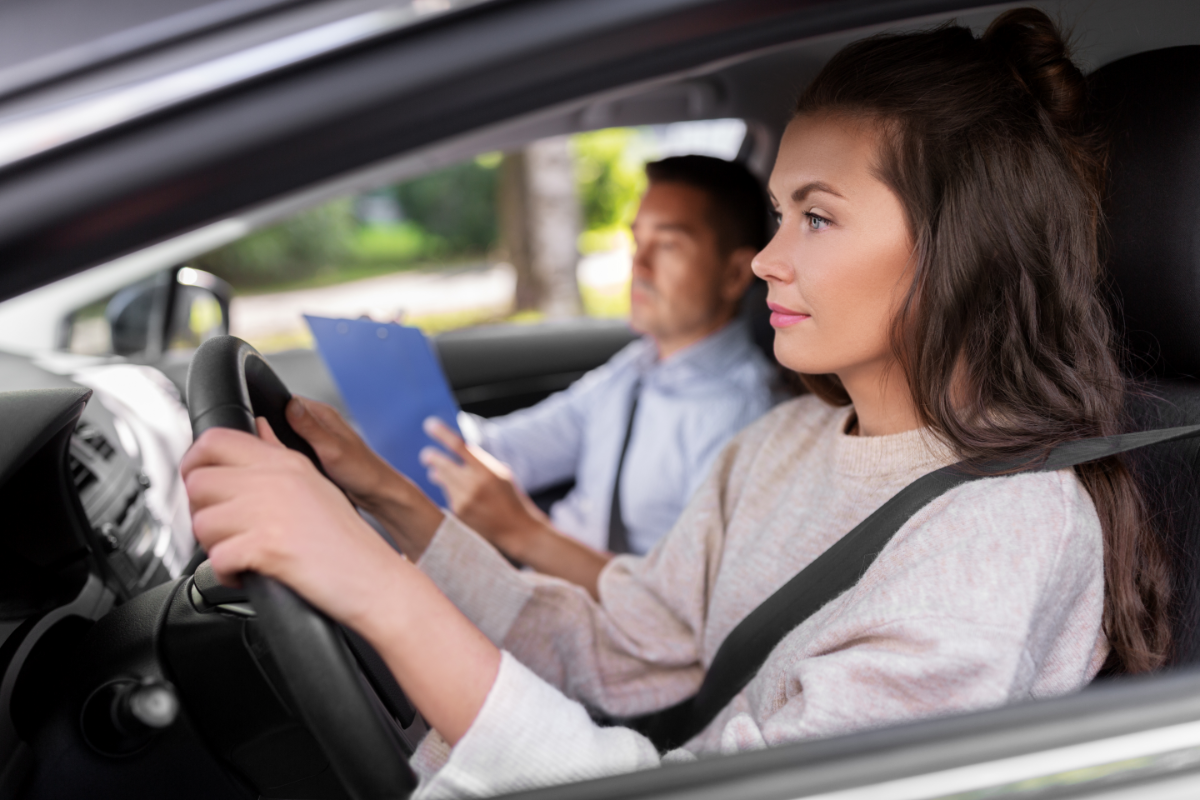The Illinois Driving Test Experience
Are you planning to take the Illinois driving test and earn your driver’s license? It would be much easier if you know what to expect so that nothing will catch you off-guard.
Lucky for you, we’ve done our homework and that’s exactly what we’re going to talk about in this article. In other words, we’re going to analyze the driving exam from the scheduling stage to when you walk out of the test center after you’re done.
Let’s get down to it.

Scheduling for the test
Once you’re eligible for the driving test, you can schedule the driving test through a phone call. Alternatively, you can visit the nearest Illinois Secretary of State facility to book a driving test appointment in person. If that is your option, we recommend visiting a remote Secretary of State facility that is less populated so you can avoid waiting for too long to get processed.
Arriving at the test centre
To avoid getting nervous, you should arrive at the test center at least 30 minutes before your schedule. Not to mention, if you arrive too late, you could have your driving exam canceled or postponed.
During your appointment, you will be asked to present all the necessary documents to show that you’re eligible for the driving test. Some of the documents that you will be requested to submit include your learner’s permit, car insurance, car registration and appointment confirmation. Once you’re done, you will proceed to the cashier and get processed.
Next, you will be asked to park your car at a specific place and wait for the vehicle inspection.
Pre driving test inspection
Technically, the driving exam starts at the pre-inspection stage. The examiner will show up and instruct you to pinpoint basic vehicle controls such as the emergency flasher, defroster, hand brake, headlights, brakes, tail lights, turn signals and the horn. If the examiner notices something is off or an essential safety tool is missing from your car, the driving test will be canceled until further notice.
The driving test
Once you’re done with the pre-inspection test, the actual driving test will begin. As soon as you both get into the car, the examiner will instruct you to drive towards the road. But first, please remember to adjust your seatbelt and mirrors since the examiner will notice if you forget.
While you’re driving out of the test center, the examiner will be closely monitoring you to see if you will observe your surroundings. Again, don’t forget to do exaggerated head checks and observe your mirrors.
The examiner will then instruct you to make a turn. However, if there is a sign that says do not turn on the left, do not turn on the left; that could be a test to evaluate if you’re a keen driver. But if no sign prohibits you from making a turn, make sure you indicate appropriately.
If you come across a crosswalk, ensure that you come to a complete stop and look both sides for any pedestrians; once it is clear, you can proceed. Don’t forget to keep both of your hands on the steering wheel; so that you can have steady control of the vehicle. Of course, you should occasionally check your mirrors and shoulders for your blind spots.
After a while, the examiner will probably ask you to drive towards an intersection. At this point, the examiner will be testing you on how you will stop, merge into traffic and navigate. If you encounter an emergency car on the road, you should stop and let it pass.
Driving test stage 2
For the second part of the driving test, the examiner will instruct you to park uphill. But first, he/ she might ask you “how can you stop the car from rolling?” If that’s the question, you can answer by saying you will turn on the emergency brake and put the car in park mode.
Afterwards, the examiner will instruct you to reverse and turn right or turn left. Again, make sure you signal as you turn; then turn your wheel to the right towards the curb. You will then do shoulder checks before you slowly reverse; this is the three-point turn.
We’re not done yet! The examiner will probably instruct you to drive out to a hazard zone, a construction site or a school. The purpose is to test your ability to drive under pressure; and if you will obey the speed limit.
However, the real test if you can handle yourself will be when the examiner will take you to the highway. Remember that if you drive too slowly on the highway, you could fail the test. Then again, you shouldn’t drive too fast, not even 1 mph above the speed limit. Of course, the examiner will also ask you to change lanes on the highway to see if you will signal, do shoulder checks, check your mirrors, cross lanes and maintain a 3-second distance from other drivers.
The driving test should take about 20 minutes. After you’re done, the examiner will guide you back to the test center and instruct you to park your vehicle. However, don’t let down your guard until the examiner walks away.
After the test
After the driving test, the examiner will tell you if you’ve got a pass or fail on your scoresheet. If you’ve passed, you will be given a temporary Illinois driver’s license while you wait for the permanent driver’s license to be sent to your mailbox within 15 days.
However, if you fail the driving test, you’re allowed to re-take the test up to 3 times in one year.
